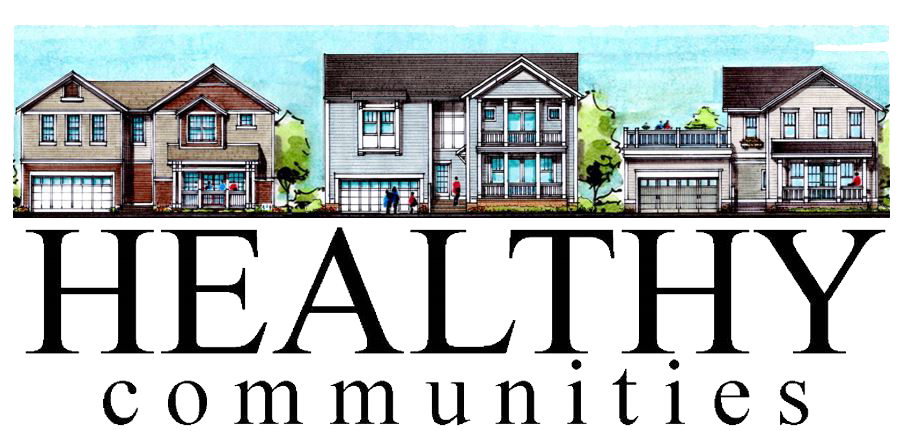Building and construction processes contribute to 35% of greenhouse gas emissions and 45% of global energy consumption stemming from building materials’ usage, manufacturing, and transportation. This leads to global warming and, ultimately, climate change. In addition, greenhouse gases can cause food supply disruptions, increased wildlife fire, and respiratory diseases from air pollution. So, how can we cancel out these impacts? That’s where the idea of Net Zero Energy Buildings comes in. Read along to learn what zero energy is and how it applies to buildings.
What Is Zero Energy?
A Zero Energy Building, also known as Zero Net Energy (ZNE) building or Net Zero Energy (NZE) building, has zero energy consumption. This is because the total energy the building uses equals the amount of renewable energy created on the site.
Here is how zero energy applies to buildings
Smart Design
Cost-effective zero-energy buildings start with smart design. Architects, designers, home buyers, and builders should be familiar with energy efficiency steps for building a net zero building. The home should be designed so subcontractors and builders can implement these steps and measures as cost-effectively as possible. Detailed communication between the designer and builder is mandatory to ensure that these guidelines don’t fall through the cracks.
Thermal Efficiency
Minimizing your home’s energy consumption starts with effective thermal insulation. Here are ways to improve your home’s thermal efficiency:
- Use appropriate window and glazing styles that fit your location’s climate
- Install a well-designed, climate-appropriate insulation feature
- Install curtains with pelmets and external blinds to reduce the need for additional heating or cooling
- Reduce unnecessary heat gain and loss with weather strips and draught seals on windows and doors
Appliance Efficiency
Install energy-efficient appliances in your home like:
- Efficient heating and cooling unit
- Smaller energy-efficient appliances with minimal stand-by power use
- A high-efficiency hot water system. Water-efficient showerheads can reduce hot water use.
Renewable Energy Generation
Grid-tied solar photovoltaic (PV) panels provide the most affordable form of renewable energy for net zero energy building. This energy can power all your home’s energy needs, including appliances and hot water, heating and cooling systems, lighting, etc.
Install Energy Efficient Lighting
Installing LED lights can minimize the energy used for lighting and optimize lights for your household. LED lights are more energy efficient than CFLs, contain no mercury, and last long. Plus, they meet various lighting needs, from very bright white light to warm, soft light. Installing the appropriate LED lights, placing the lights strategically, and using natural light effectively can drastically reduce your home’s energy use.
Build a Healthier, More Comfortable, and Zero Net Energy Home
A home is more than a roof and walls. It’s a place of security and comfort, a sanctuary for your family, and a gathering place for friends.
Are you looking forward to building a zero net energy home but you’re worried about the cost of changing to zero energy? Don’t fret! We build affordable, energy-efficient, sustainable, and comfortable homes in the Williamsburg and Richmond, VA area. We tailor our homes to provide you with a unique living experience. Contact our residential builders and real estate developers today to learn more.
